Iberian Lynx Hides
in Peñalajo-Aprisco
Iberian lynxes are relatively sedentary animals that permanently occupy their territories throughout the year.
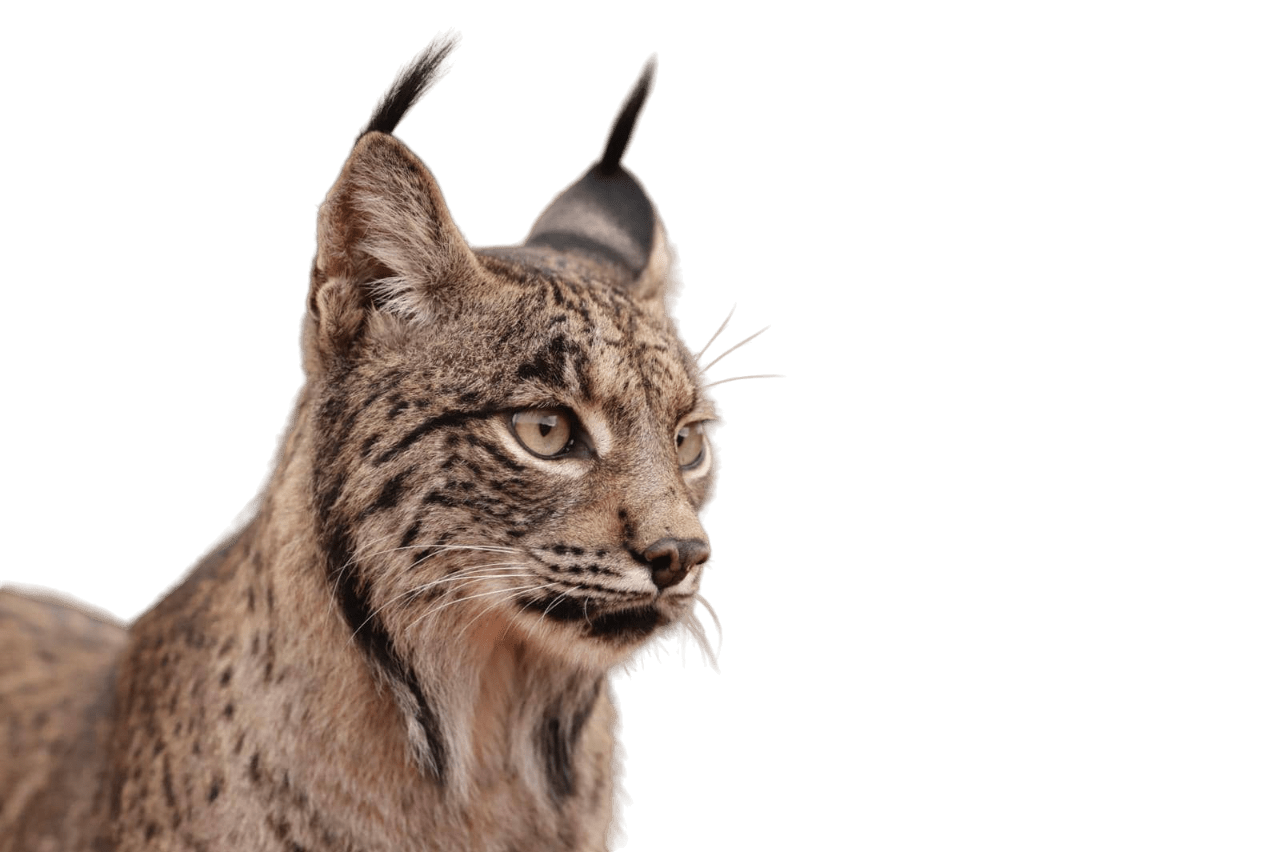
All Seasons
Max People: 12
Peñalajo – Aprisco, Ciudad Real
Price: 195€
Details about the Iberian Lynx photo hide
The Iberian lynx, a treasure of the Iberian Peninsula, captivates nature lovers in Spain. This feline, a symbol of conservation, can be seen in its splendour from our photo hides. The charm of the Iberian lynx, with its spotted coat and piercing gaze, attracts wildlife enthusiasts to these prime locations.
In Spain, sightings from these photographic hideouts offer the unique opportunity to admire this iconic predator in its natural environment. With its distinctive hunting behaviour, the Iberian lynx is the undisputed star of the Iberian fauna.
Where to photograph an Iberian Lynx
Our photographic hides for photographing wild lynxes are located in Peñalajo-Aprisco, a sector with a very high density of lynxes. This is mainly due to the great availability of food and a suitable, undisturbed habitat.
At the moment we have 14 double photographic hides available, all placed at water points and drinking troughs, carefully cared for and refilled daily with fresh water.
Season
Iberian lynxes are relatively sedentary animals that permanently occupy their territories throughout the year. However, like all territorial carnivores, they engage in a dynamic of dispersal of their young and disputes over territory can and do happen between adult males. In our domain we have 7 breeding nuclei, so throughout the year there is a good chance of success in the photographic hides.
SUMMER from July to the end of September is suitable for photographing lynx cubs at the waterholes, but on the other hand the temperatures in the estate are high and it is necessary to work only in the early and late hours of the day.
SPRING and AUTUMN offer softer lighting and pleasant temperatures to extend the days in the hides, which is why they are the preferred time of year for many professional photographers. WINTER is also a good time to try lynx photography as it coincides with the rutting season and the daytime activity of both males and females is usually at its peak.
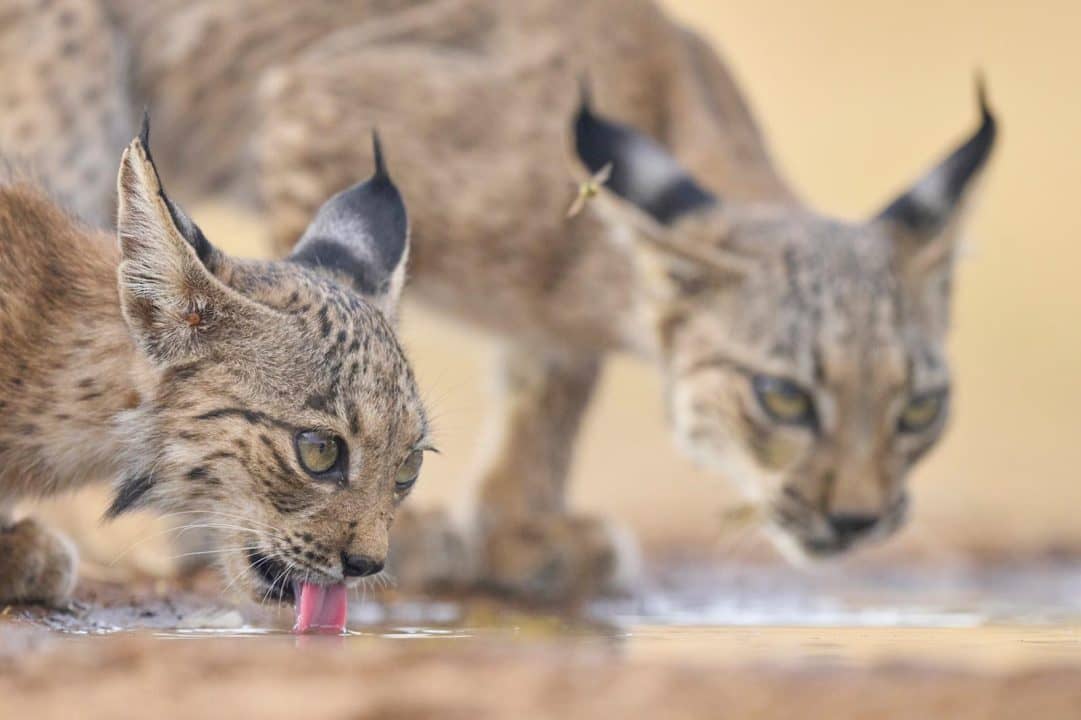
Tips: How to photograph an Iberian Lynx
Photographing the Iberian lynx is an exciting and rewarding challenge. To capture the essence of this elusive feline, patience is key.
- Set up your equipment in a photo hide in advance and remain silent, allowing the lynx to approach without disturbing it.
- Natural light is your ally, so choose early or late in the day to get exceptional quality photos.
- Set up your equipment stealthily and be aware of your surroundings; any sudden movement may spook the lynx.
- Keep your camera ready to capture the majesty of this magnificent animal in its natural habitat.
Enjoy the privilege of documenting the beauty of the Iberian lynx in its splendour!
By following simple tips such as these and using our Photo Hides you will be able to capture photographs of the Iberian Lynx as beautiful as these:
ACCOMMODATION
Two accommodation options: the first at the Total Ecological Hotel and the second on the Peñalajo estate itself, in recently renovated comfort rooms:
PEÑALAJO ACCOMMODATION
Accommodation within the Peñalajo estate, with 8 fully equipped double rooms with private bathrooms, a pool, and outdoor gardens.
Double room for single use: €75
Double room for double use: €100
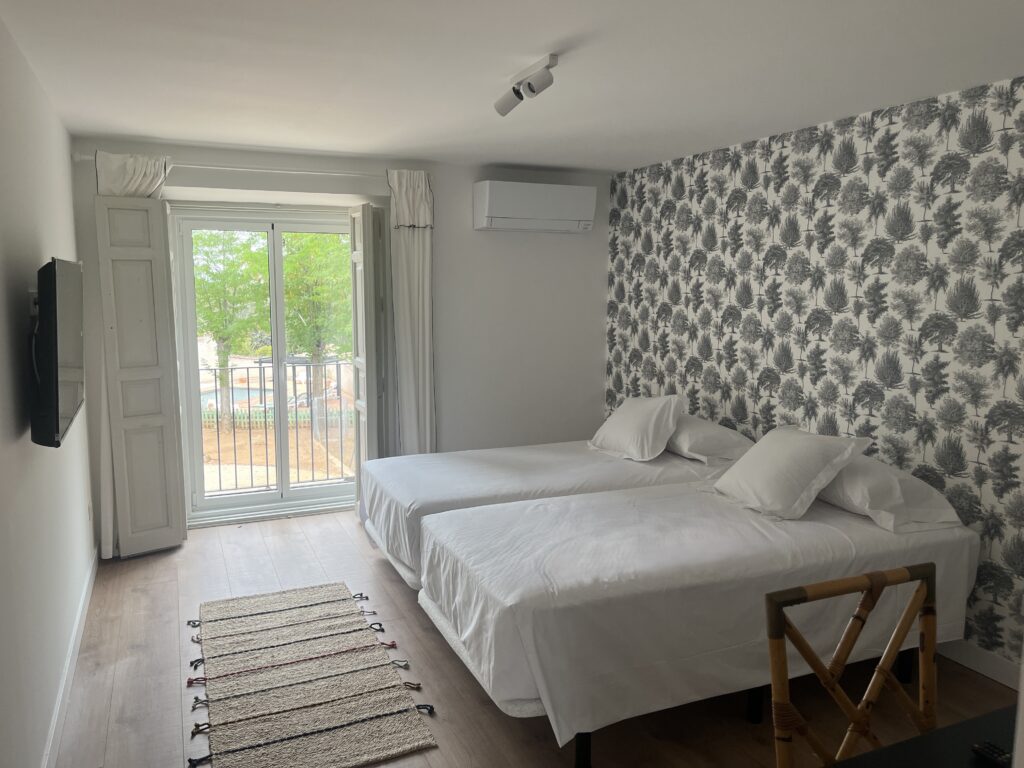
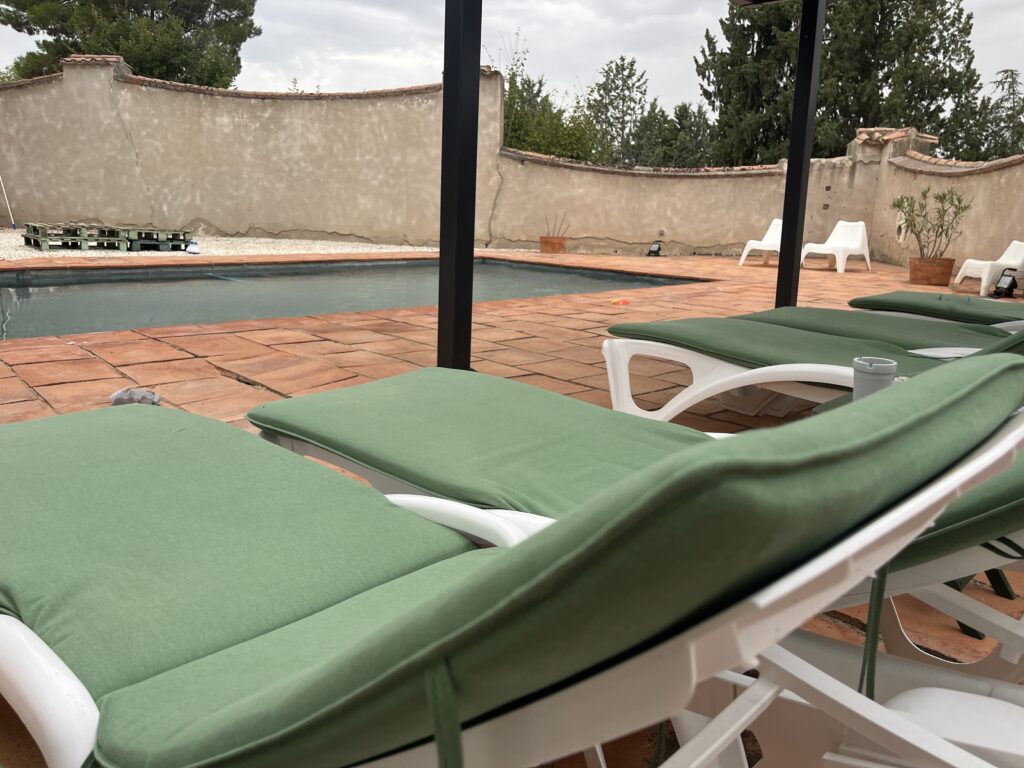
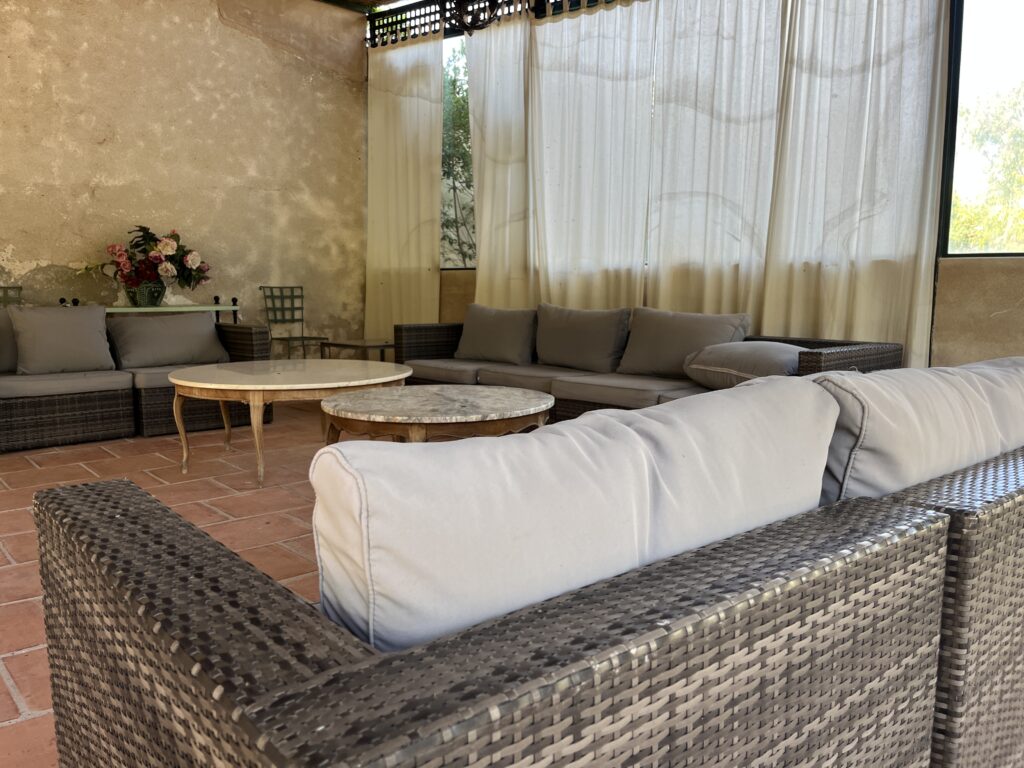
HOTEL ECOLÓGICO TORAL
Hotel in the center of Santa Cruz de Mudela, 5 kilometers from Peñalajo.
Single room: €56.
Double room: €78.
Prices may change without prior notice.
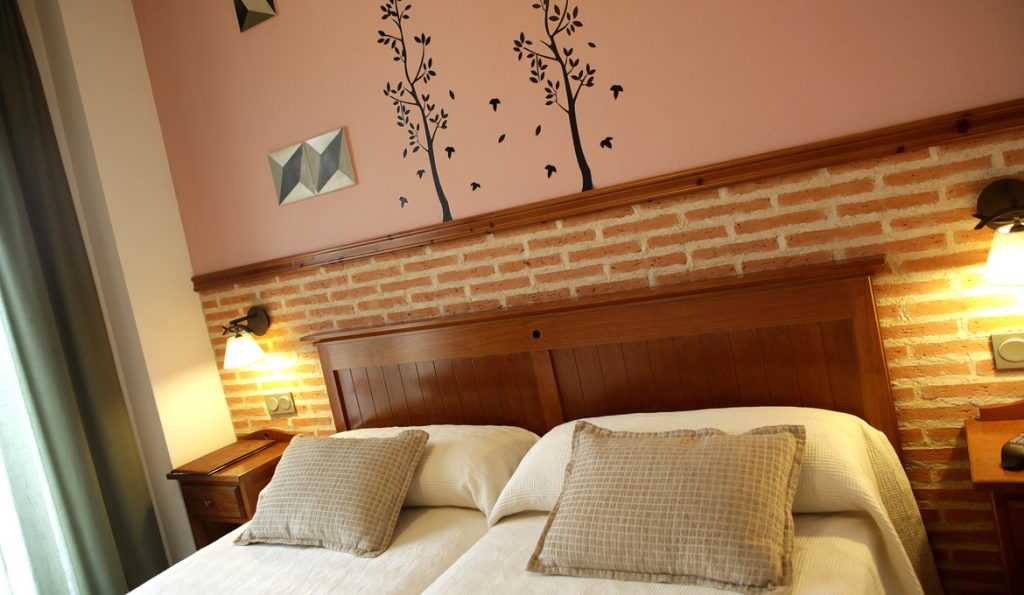
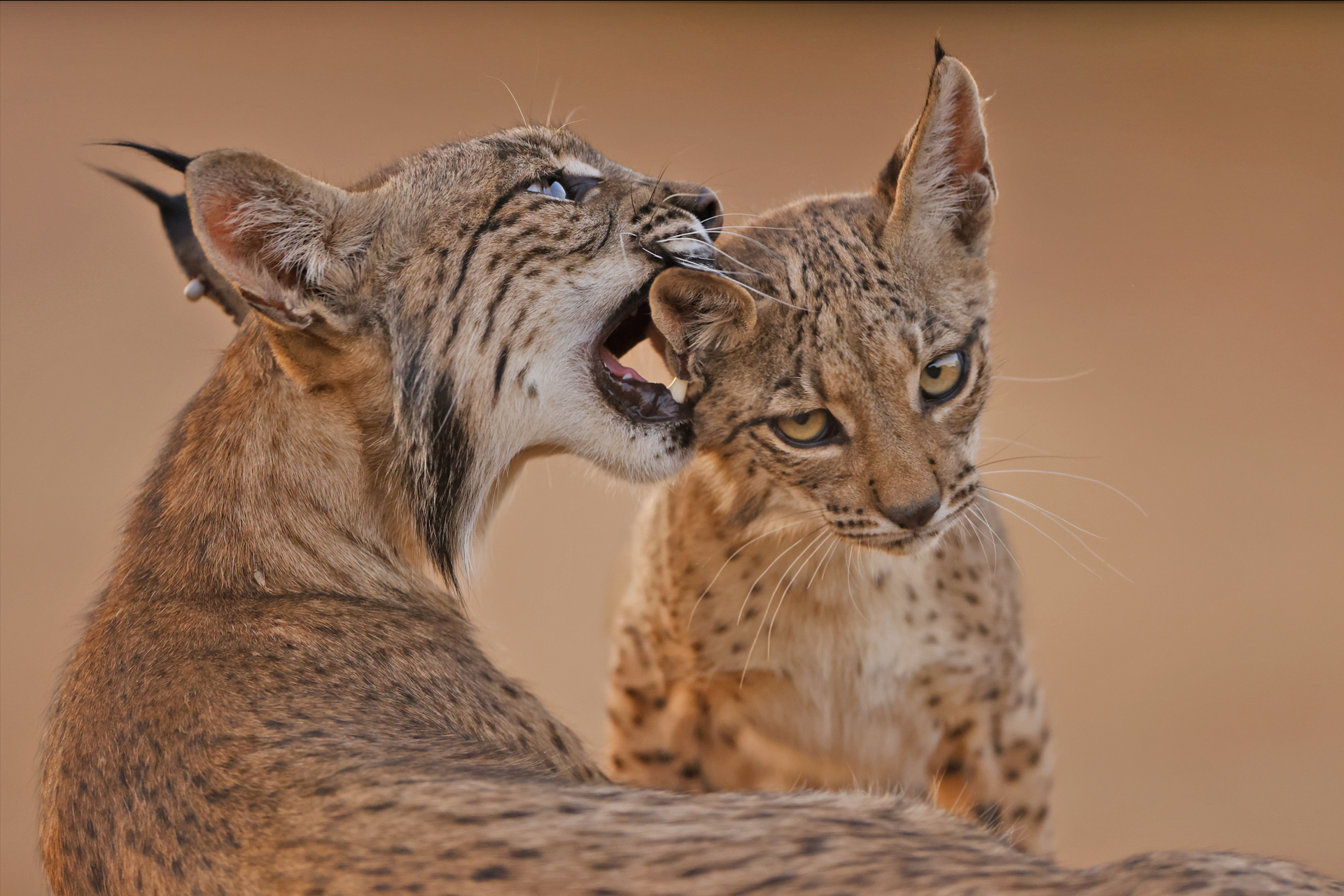
PHOTOGRAPHIC HIDES SEASON 2025
The photographic domain of PEÑALAJO (Peñalajo, Aprisco and Navarredonda) comprises a sector of almost 4000ha with a uniquely high density of lynx, mainly due to the great availability of food and a suitable and little altered habitat. In this area there are more or less constant presence of 7 Iberian lynx breeding nuclei, with specimens of fine, intermediate and large spotted lynx.
They are absolutely wild and unpredictable animals, and some days they will be nowhere to be seen, and other days they will offer you an unforgettable experience. Patience and silence are the best qualities to obtain good results.
For the 2025 season we will have 14 photographic hides, all placed at waterholes, which are carefully tended and refilled daily with fresh, clean water.
The hides are mostly buried in the ground, with a waterhole in front of them where the lynx come to drink. The photographic distance is around 7 metres at these points and 300 or 400mm telephoto lenses are suitable.
Our office staff will inform you in detail about the meeting point and pick up time and our guides in the field will take you to the photographic hides early in the morning informing you about the daily working hours and the rules in force.
We recommend our clients to book well in advance as there are times of the year when the hides operate at full capacity.
The daily rate for the Iberian lynx hide with the guide in a 4WD vehicle will be for the 2025 season 195€ per person per day.
If the first session is unsuccessful, we offer the possibility of repeating indefinitely until the lynx is found at a rate of 50€/repetition.
IBERIAN LYNX PHOTOGRAPHIC WORKSHOPS 2025
If you prefer to contract an organized workshops with tour leader instead single hide seasions check our current offer.
• AUTUMN IBERIAN LYNX PHOTO WORKSHOP WITH MIRY FIDALGO from 2025 nov 6 to 9 see tour
• WINTER IBERIAN LYNX WORKSHOP WITH ANTONIO LIEBANA from 2026 dec 18 to 25 see tour
• IBERIAN LYNX PHOTO WORKSHOP WITH ANTONIO LIEBANA I from 2026 july 16 to 19 see tour
•IBERIAN LYNX PHOTO WORKSHOP WITH ANTONIO LIEBANA II from 2026 july 19 to 22 see tour
•IBERIAN LYNX PHOTO WORKSHOP WITH ANTONIO LIEBANA III from 2026 july 22 to 25 see tour
•IBERIAN LYNX PHOTO WORKSHOP WITH ANTONIO LIEBANA IV from 2026 july 25 to 28 see tour
•IBERIAN LYNX PHOTO WORKSHOP WITH ANTONIO LIEBANA V from 2026 july 28 to 31 see tour
•IBERIAN LYNX PHOTO WORKSHOP WITH ANTONIO LIEBANA VI from 2026 july 31 to august 3 see tour
•IBERIAN LYNX PHOTO WORKSHOP WITH ANTONIO LIEBANA VII from 2026 august 3 to 6 see tour
•IBERIAN LYNX PHOTO WORKSHOP WITH ANTONIO LIEBANA VIII from 2026 aug 6 to 9 see tour
EQUIPMENT AND SERVICES
Lenses around 400mm are ideal for this activity, 300mm and 500mm are equally suitable, shorter or longer lenses may cause problems with framing.
It is necessary to use tripods in the hides, and it is advisable as far as possible not to bring the parasols too close to the glass.
The hides have artificial grass carpeting and office chairs with wheels for mobility and comfort.
The rules of behaviour inside the hides must be observed at all times during your stay in the photographic hides. This is for the good of the lynxes and the rest of the clients.
Our guides will pick you up at the entrance of the farm at the indicated time with 4×4 vehicles and will distribute you in batches in the different photographic hides. They will tell you in detail the pick-up times and will be in permanent contact with you while you wait for the arrival of the lynx.
SUMMER from July to the end of September is suitable for photographing lynx cubs at the waterholes, but on the other hand the temperatures in the estate are high and it is necessary to work only in the early and late hours of the day.
SPRING and AUTUMN offer softer lighting and pleasant temperatures to extend the days in the hides, which is why they are the preferred time of year for many professional photographers. WINTER is also a good time to try lynx photography as it coincides with the rutting season and the daytime activity of both males and females is usually at its peak.
THE ESTATE
PEÑALAJO is an estate of 2,260 hectares located between the municipalities of Santa Cruz de Mudela and Almuradiel in Ciudad Real, very close to the northernmost foothills of Sierra Morena.
It is bordered to the west by the Autovía del Sur motorway, and in fact has its own motorway exit for this estate, number 227, which attests to the historical importance of this place.
PEÑALAJO has always been famous for its high density of partridges and wild rabbits, and more recently for its cheese and olive oil. A meeting point for the European aristocracy in the past, it is nowadays a point of reference and of great economic importance for the area.
The estate still conserves some of its traditional uses and has gradually relegated others, but it has always considered the conservation of Mediterranean habitats, pastures and dry land as one of its essential identities.
They have been indispensable collaborators in recent times for the reintroduction of the Iberian lynx in Ciudad Real, working together with the different local and regional administrations and organisations such as WWF, to improve the habitat of the Iberian lynx and to improve the local wild rabbit population. It was awarded the Iberlince prize for its contribution to the recovery of the Iberian Lynx within the framework of the European LIFE programme.
The result, several years later, is that PEÑALAJO and its geographical surroundings have one of the highest densities of Iberian lynx in the Iberian Peninsula, with 2 breeding cores, located inside the estate and another one in an adjoining estate, which partially occupies PEÑALAJO’s land, with continuous animal passage between both sectors.
Its geographical position is excellent, just over 2 hours and 15 minutes from Madrid Adolfo Suarez Airport.
Adjacent to the north is the 600ha FINCA EL APRISCO with a breeding nucleus of Iberian lynx and an excellent habitat for steppe birds.
At APRISCO, as well as good sessions of lynx, there are extraordinary sessions of little bustard during the spring.
Finally, adjoining PEÑALAJO to the south is the FINCA DE NAVARREDONDA in the municipality of Almuradiel.
This beautiful estate has about 1000ha of land and three Iberian lynx breeding nuclei. It is an estate with a more open forest structure and a rougher terrain that favours observation, excellent for photographic safaris, perfectly complementing the services offered by the other two estates.
(DETAILED MAP OF FARMS AND ACCESSES TO BE INCLUDED)
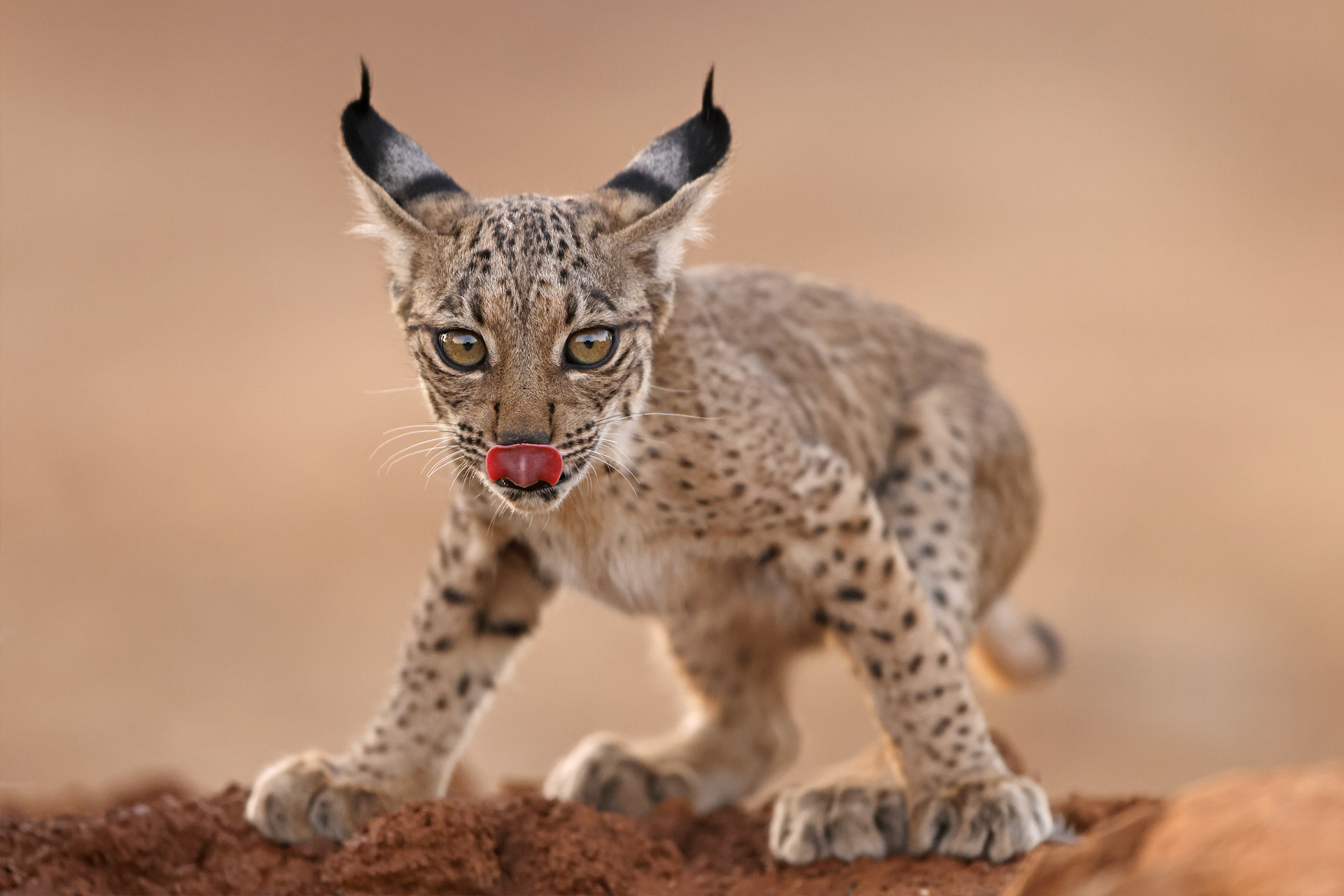
HOW TO GET THERE?
PEÑALAJO is located next to the Autovia del Sur A4, between the towns of Santa Cruz de Mudela and Almuradiel, 15 minutes from Valdepeñas.
Motorway exit 227.
It is about 2 hours and 15 minutes south of Madrid airport. If flying from abroad we recommend renting a car at the airport.
There are train options from Madrid to Santa Cruz de Mudela.
(LOCATION MAP)
TAKE A PIECE OF DEHESA TO YOUR HOME AND COLLABORATE IN THE CONSERVATION OF THESE ESTATES
The conservation of the Iberian lynx involves maintaining healthy habitats and ecosystems, and exploiting activities compatible with its conservation.
PEÑALAJO has been committed to organic agriculture and livestock farming for decades, and its products, especially its ORGANIC SHEEP CHEESE and EXTRA VIRGIN ECOLOGICAL OLIVE OIL are a good example of this.
If you want to collaborate with these farms and help them so that they can continue to maintain this model of exploitation, you have the opportunity to buy their products at the farm’s cheese factory or you can buy them online through the website www.quesospeñalajo.com.
LEGAL INFORMATION
Legal Notice
Quality policy and guarantees
Cookie policy
Privacy policy
Terms and conditions of use
Competition rules
Photo Hides in
Photographic hides of the Iberian lynx of Peñalajo
Riaño Mountain Hides
Hides soto Viñuelas
Pyrenean capercaillie hides
Hides of alpine and subalpine birds
Animals to Observe
Iberian wolf
Brown bear
Iberian lynx
Wildcat
CONTACTA CON NOSOTROS
C/ Solasierra, 8, 24900- Riaño (León)
Telf.: 987740805 / 609726444
E-mail: info@wildwatchingspain.com
